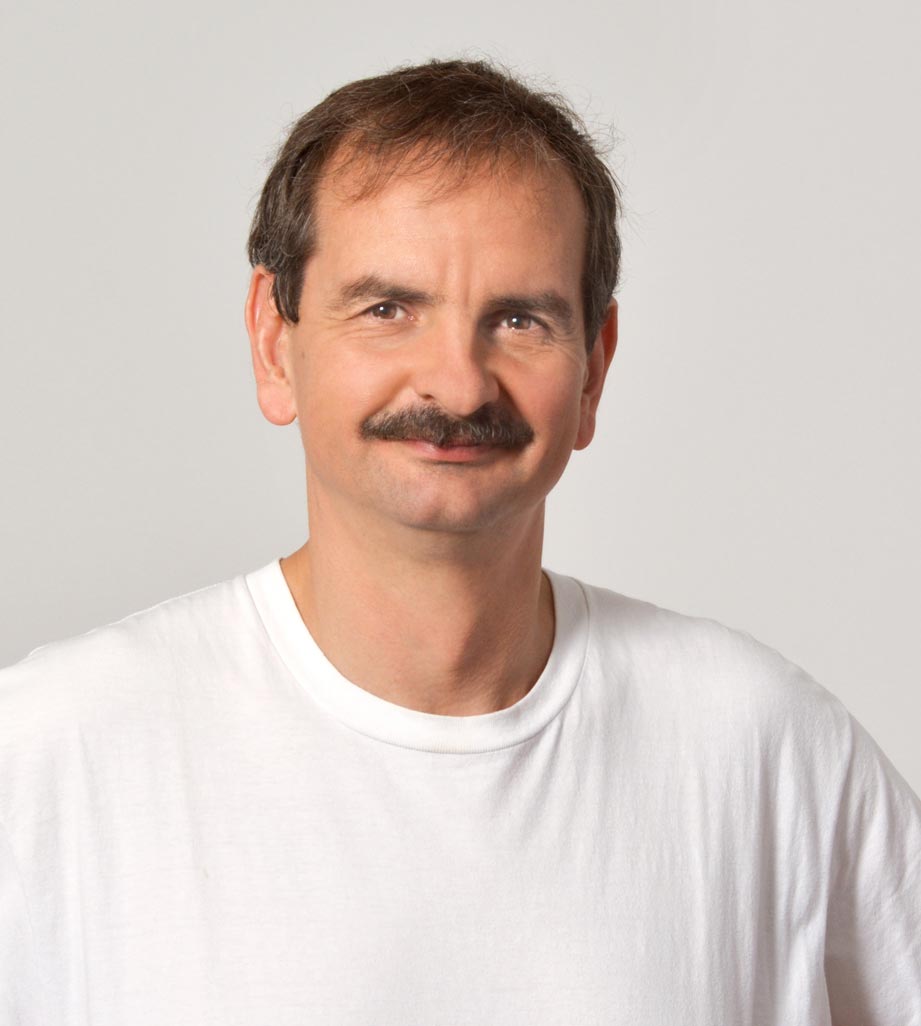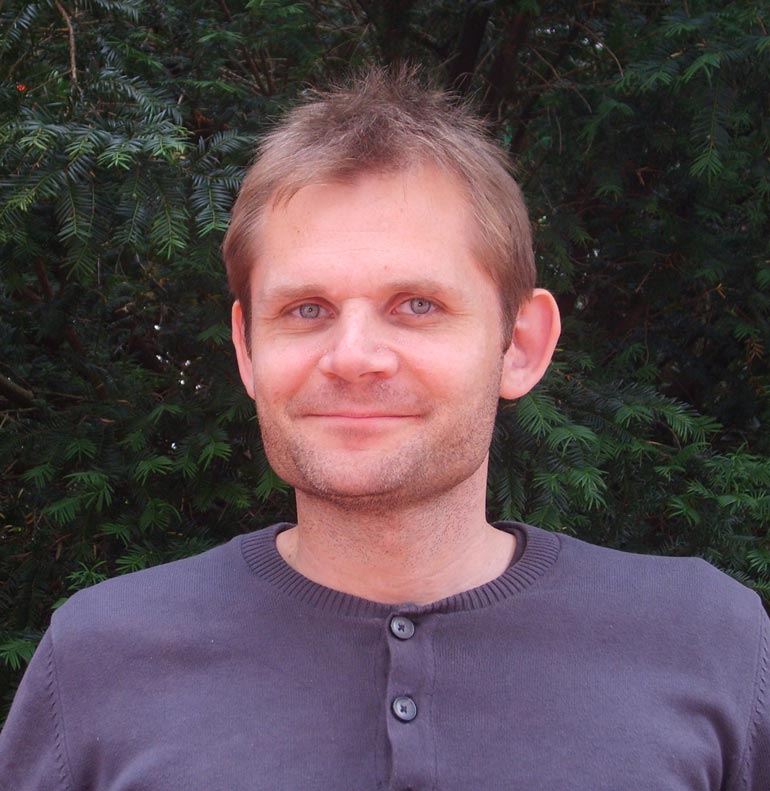April 23, 2015
IST Austria researchers appointed as new members of Austrian Academy of Sciences
Laszlo Erdös appointed Corresponding Member of mathematical-scientific class in Austria • Georgios Katsaros named as member of the chapter of young scientists • Angelika Amon appointed Corresponding Member of the mathematical-scientific class abroad
Laszlo Erdös has been elected Member of the Austrian Academy of Sciences (Österreichischen Akademie der Wissenschaften, ÖAW). At the annual election meeting on April 17, 2015, when the ÖAW accepted 40 scientists from Austria and abroad, IST Austria Professor Laszlo Erdös was appointed Corresponding Member of the mathematical-scientific class in Austria. Georgios Katsaros, currently at the JKU Linz, who will move to IST Austria in 2016 was named as member of the chapter of young scientists (Junge Kurie). In addition, Angelika Amon (MIT), member of the Scientific Board of IST Austria, was appointed Corresponding Member of the mathematical-scientific class abroad.
IST Austria President Thomas Henzinger congratulated the researchers: “All three of them are outstanding scientists at the top of their fields. These distinctions are well-deserved.”
Laszlo Erdös’ main interest is dedicated to the mathematics of disordered quantum systems and matrices. He studied mathematics at the Loránd Eötvös University in Budapest, and earned his PhD at Princeton University in 1994. After holding junior positions at ETH Zurich and the Courant Institute (NYU), he stayed at the Georgia Institute of Technology, Atlanta, for five years, moving through the ranks from Assistant to Full Professor. Laszlo Erdös took up a Chair in Applied Mathematics at the Ludwig Maximilian University, Munich in 2003 and joined IST Austria in 2013. In the same year he was awarded an ERC Advanced Grant for studying the universality of the random matrix theory (RMT).
As a condensed matter physicist Georgios Katsaros focuses on self-assembled semiconductor nanostructures and their electronic transport properties at low temperatures. After studying Physics at the University of Patras (Greece) he joined for his PhD the Max Planck Institute for Solid State Research in Stuttgart. For his postdoctoral research Katsaros went to CEA Grenoble before moving on to the Institute for Integrative Nanosciences, which is part of the Leibniz Institute for Solid State and Materials Research in Dresden. In 2012 Katsaros joined the Johann-Kepler-University in Linz (Upper Austria). In 2013 he was awarded with an ERC Starting Grant for his research on the potential of Germanium self-assembled hut-wires as information media in quantum computers.






